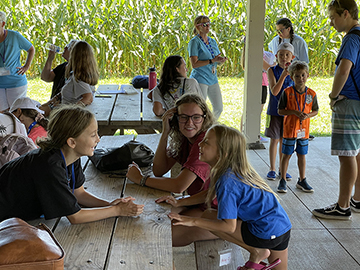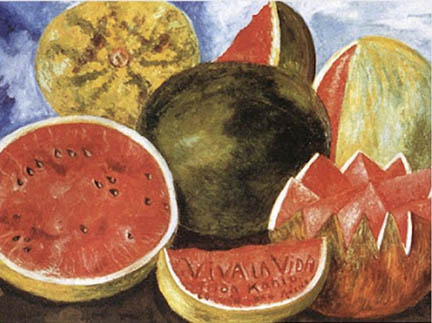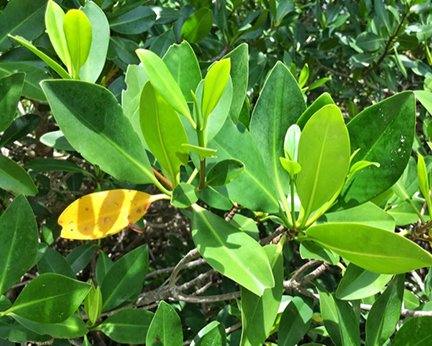 Camper spots and volunteer opportunities are still available for our 31st annual Camp New Dawn, a grief retreat summer camp. Camp New Dawn is a four-day, three-night retreat held each summer at Camp Pecometh in Centreville. Camp New Dawn is a grief retreat hosted by Compass for children, teens and families who are struggling with the loss of a loved one. Campers learn healthy coping skills that will benefit them throughout their lives. They engage in group discussions and activities with other kids who have experienced loss and interact with professional grief counselors.
Camper spots and volunteer opportunities are still available for our 31st annual Camp New Dawn, a grief retreat summer camp. Camp New Dawn is a four-day, three-night retreat held each summer at Camp Pecometh in Centreville. Camp New Dawn is a grief retreat hosted by Compass for children, teens and families who are struggling with the loss of a loved one. Campers learn healthy coping skills that will benefit them throughout their lives. They engage in group discussions and activities with other kids who have experienced loss and interact with professional grief counselors.
“Grief is isolating on a very natural level. When they show up here, they’re suddenly in this amazing community of people who are on a similar walk,” says Camp New Dawn Director Rhonda Knotts. “Some of the most important things we do as a team is we validate every single feeling they have- good, ugly, bad, hard. We normalize, because grief can make you feel like you’re losing your mind and just like you don’t belong anywhere. The most important thing is we encourage them to remember that they actually have exactly what they need to survive this loss within themselves. When we all come together, we remind each other we’re all survivors.”
A local family shares their journey to healing and how Camp New Dawn helped navigate that healing. In May of 2024, the Willis Family abruptly lost Charles Willis. Jessica Willis, Charles’ daughter, says that Charles was “the foundation of our family.” “I wasn’t sure if Camp New Dawn would be right for us, but I am eternally grateful for my family’s experience there. It was the first time I was able to let go and open up,” she says.
This year’s Camp New Dawn kicks off on Saturday, August 9th at 11:00 am, when our groups arrive at Camp Pecometh. The campers attend therapeutic workshops, age specific grief support groups and may participate in supervised camp activities such as swimming, fishing, and arts and crafts. The retreat for campers wraps up after the closing ceremony on Monday, August 11th at 4:30 pm.








